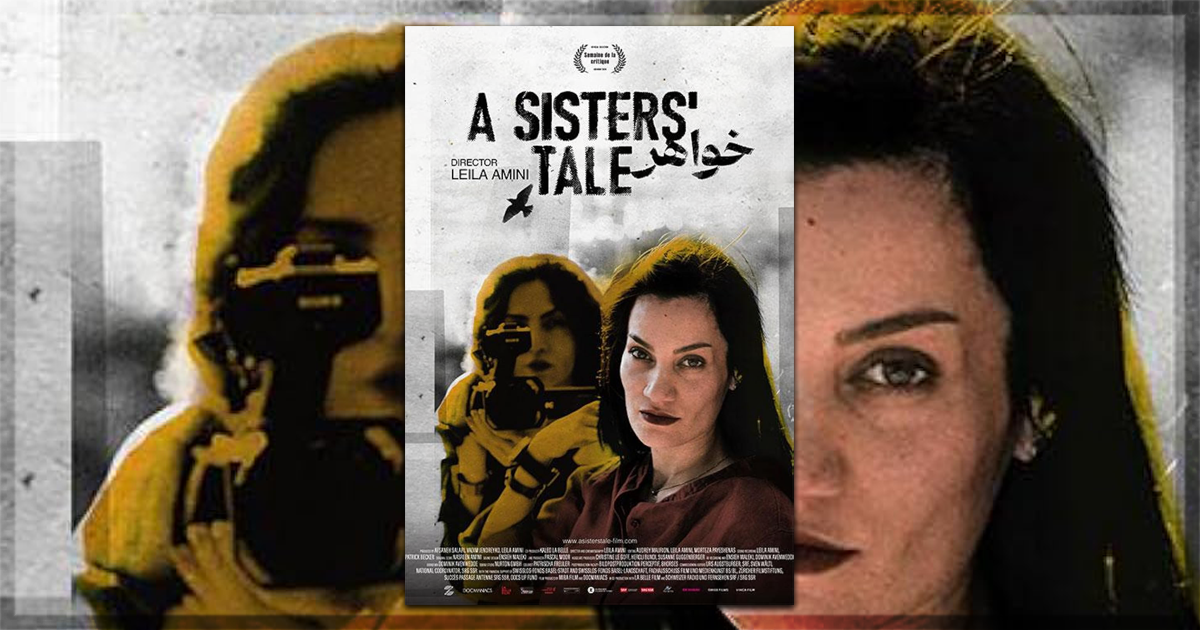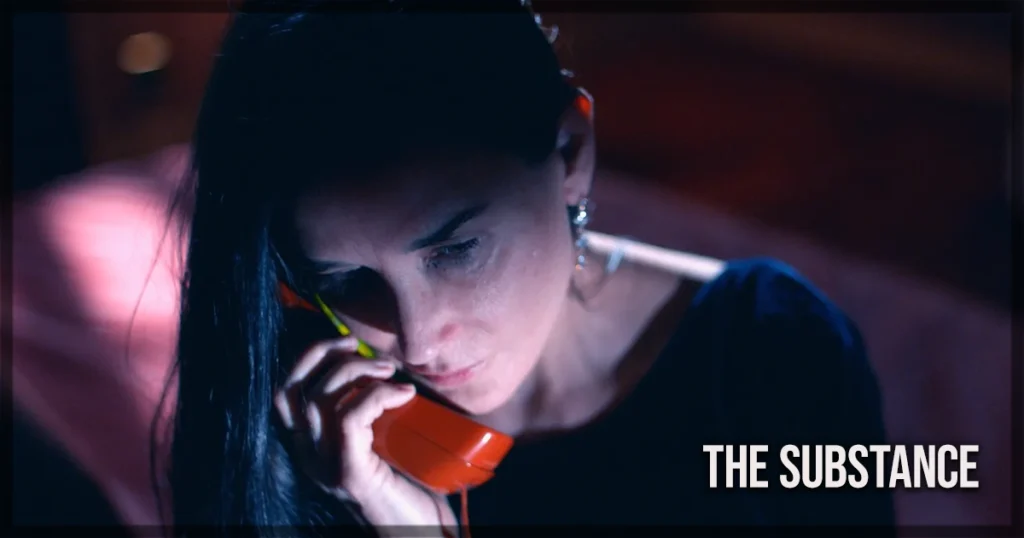In her, An Incomplete List of What the Cameraperson Enables, Kirsten Johnson proposes several actions and connections that portraying a subject in camera allows. One is the chance to be closer or farther (through the lens) than is physically possible. Leila Amini uses her cameras to capture the experiences of her sister, Nasreen, closer than she can see in A Sister’s Tale. She dreams of being a singer, but her fate as a housewife and a mother in Iran makes this dream more difficult. She is not allowed to sing. Her husband, Mohamad, is against it. Nasreen suffers severely from the patriarchal hierarchy. She has to marry for monetary reasons. Nasreen has to become a housewife, someone she is not. Amini surrounds her and registers the process of trying to make her dreams come true.
In this aspect, Leila Amini performs the closest form of the postulated Bazin cinema. André Bazin, in his piece Ontologie de l’image Photographique, published in 1958, describes the photographic image as a new object, an image of reality. Furthermore, Amini proposes that it is the reality of Nasreem through the ontological possibility. For example, she is primarily an observer, a mere device for capturing the happenings surrounding her family. However, Amini breaks the definitions of her role as a director or cinematographer when interfering in a situation that is also a matter of her personal life. Thus, she needs to step up from her function as a filmmaker to perform the role of aunt and sister.
Another central point in A Sister’s Tale is the relationship between Nasreem and her children, Hamid and Hana. She does not enjoy hearing her mother sing. Hana cries when she hears the vibratos and vocal modulations. Hamid is the firstborn. He has to take care of her sister in the absence of his father and the dreams of his mother. However, Hamid understands the seriousness of the crisis between her parents, and we see his suffering throughout the film. He wants to spend time with his father and enjoy his company, but he also feels Mohamad is failing their family. It is a contraposition of a boy who should not be worried about their parents’ marital situations and is deeply affected by his father’s indifference.
Nasreem is also psychologically affected by the vision she has of her appearance. She believes that her body after the birth of Hana is responsible for Mohamad’s indifference towards their relationship. While she suffers from post-partum depression, her body dysmorphia increases immensely, and it profoundly collaborates with the worsening of her state of mind. Amini closely observes her suffering and tries to help somehow through her cameras. In this dichotomy, Leila has to face the challenge of balancing being the filmmaker, the sister, and the aunt. It is the most intriguing thread of the documentary – the constant questioning on where she can go as a filmmaker. Also, Amini questions how she can help Nasreem through her cameras.
Amini successfully analyzes Iranian society and how it affects women’s lives. She portrays the family dynamics that trap her sister into the role of a housewife and why this destroys her internally. As a commentary, it is straightforward and assertive, even though it is just a subtext. In A Sister’s Tale, Amini is more interested in following Nasreem’s journey and documenting her life crisis amidst the eminence of an erupting marriage. There is a sense of urgency in portraying how societal values demand reflection to allow women to reach their goals. The reflection surrounds a beautiful expedition through a complex subject that delivers plenty of nuances.
However, in the film’s final minutes, it gets into a repetitive territory that diminishes the impact. It presents engaging new information, such as Nasreem’s divorce and her new career as a female driving instructor. Nevertheless, it does not add much to the narrative. Nasreem still dreams of singing, but now she has to provide for her home and children. It is a compelling conclusion to a long journey. Amini spent seven years filming the documentary, and finalizing this process means showing the world her sister’s talents and her observations of that patriarchal society that affects both of her lives.
A Sister’s Tale is a tailored and nuanced documentation of seven years of a complex woman. Leila uses her attributes as a cameraperson to connect Nasreen’s dreams to the urges of a woman who is suffocated by a patriarchal system that holds her down. Even though it suffers from a rhythm inconsistency in the third act, she thrives to tell a fascinating story.


